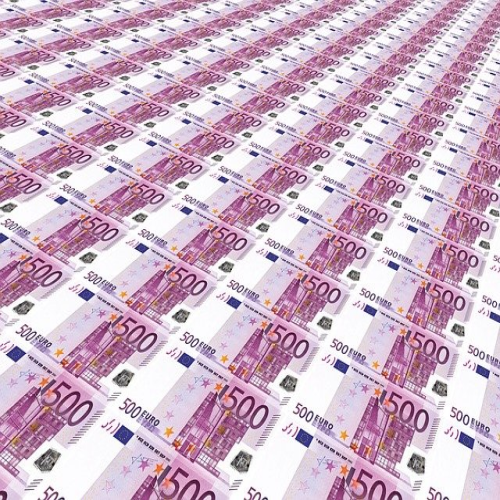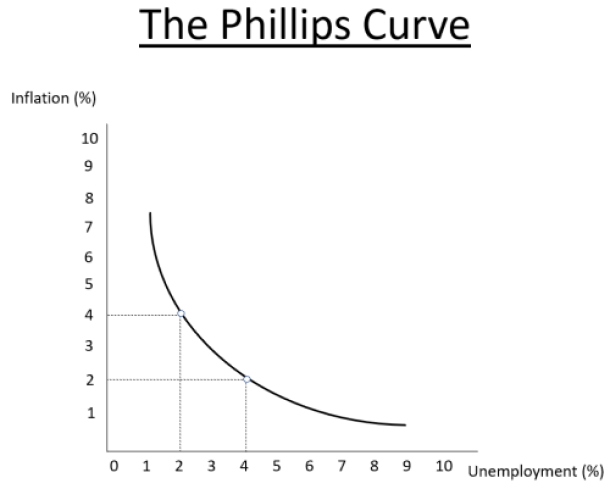The Economics of Gold: Market Failure
Synopsis
One of the most enduring arguments for a more regulated or even totally controlled market is the existence of market failures. These failures can be applied to companies, industries, or the macro economic sphere itself but are all attributed to the supposed shortcomings of a laisse-faire economy. The subsequent proposal for reducing or eliminating these supposed failures is a call for an increase in regulation to stem further harm.
In contrast, some free-market advocates argue that even if there are such failures, it would be foolish to think that government would be able to eliminate them and in many cased, make the problems worse. Some go even further ans suggest that market failure is a myth and so-called “externalities” are a small part of the market process.

Asymmetric Information
One of the most widespread claims is the imbalance of information in the marketplace. In a 1970 paper entitled The Market for “Lemons”: Quality Uncertainty and the Market Mechanism, economist George Akerlof argued the existence of asymmetric information in the used-car market.
When purchasing a used car, Akerlof explains, individuals are unsure as to whether they are buying a good car or a bad car (a lemon). The seller on the other hand, knows exactly which cars are good and which are bad. This information is therefore, asymmetric. As it is impossible for the buyer to tell the difference, it would make sense for the buyer to charge the same price for a good car and a lemon, leading to the adverse selection of buying a lemon. Akerlof explains that there would be more incentive for sellers to keep selling lemons, driving good cars from the market. This will eventually have a knock-on effect where bad cars drive out the not-so-bad cars from the market, the not-so-bad cars drive out the average cars etc., until eventually, there is no market at all!
The reality, as we know, is completely different to Akerlof’s theory. A theory which helped him win the 2001 Nobel Memorial Prize for Economics.
Warranties were already available for used cars (30-day, 6-months etc.) when Akerlof wrote his paper. These days, there are a number of websites help potential buyers to compare cars, while company reviews give buyers a better choice. As for the extinction of the market, The Society of Motor Manufacturers & Traders (SMMT) reported 7.9 million sales for 2019, with positive expected future growth. It certainly doesn’t look like the used car market is going anywhere soon!
As a sidenote, the 2009 Car Allowance Rebate Scheme (CARS) in the US, was a plan for the US government to subsidize the purchase of new cars by allowing used-car owners to trading in their “lemons”. Instead, the number of expected trade-ins was largely underestimated and the initial funds earmarked for the 5-month scheme ran out in days. Not only that, but the environmental effects of the plan were counterintuitive. In order to reduce emissions, the government thought new cars would be preferable to older cars. Instead, on average, people drove more, partly due to the fact that those with old cars tend to drive only when they need to.
Anti-Competitive Practices
When charging a higher price than a competitor is called price-gouging, charging a lower price is called predatory pricing, and charging the same price is called collusion; there is obviously something not quite right.
Charging lower prices for products certainly benefits the consumer, but to many antitrust/anti-competitive law advocates, it harms competition because firms try to undercut their rivals leading to a potentially monopolistic advantage. However, just because a firm charges a lower price, it still doesn’t guarantee that the firm will become a monopoly. There are more factors in play that determine a customer’s choice of product other than price. This could be brand recognition, company loyalty, innovation etc.
Higher prices can certainly harm the consumer if there is no competition within the market, but high prices send useful signals to producers, such as high profits.
A typical example of monopolistic competition might go like this:
Company A and Company B produce a similar product. Company B decides to take the “predatory” strategy of lowering their costs and undercut A. Customers flock to B’s product forcing A out of the market or lead to a company buy-out. B is now in a position to raise their prices to what could now be called a “price gouging” level. As B is now the only company providing the product, the consumer is left paying much higher prices than they were before.
There are a number of issues with this narrative. Firstly, firms always compete on price. If one is able to provide a superior and cheaper product, lowering prices will naturally give them an advantage. If the firm in question wishes to reduce prices just to drive out its competitors, it has to take a huge risk in that it might not succeed. If it is indeed successful, it then has to be able to raise prices to much higher levels while simultaneously keeping new firms from entering the market and gaining a market share. As high prices signal to investors the possibility of high profits, barriers to entry would be unlikely without intervention from governments.
(From our standpoint, we pride ourselves on offering the cheapest premiums on the market. Is this an attempt to drive out the competition and corner the UK’s precious metals market? Are we planning a global takeover? I’d probably have to check with Lawrence, but it’s not been mentioned in any of our recent meetings! In all seriousness, we offer a cheaper because we can. We have 55+ years of experience and the benefit of having low overheads due to us being in the unassuming bullion capital of the North West: Blackpool! Even this hasn’t been able to guarantee us a UK monopoly position.)
Beating the Cartel
One example of companies beating predatory pricing dates back long before the introduction of antitrust laws.
Herbert Dow founded the Dow Chemical Company in 1897. By the early 1900s, Dow had discovered a new process of extracting bromine from seaweed. In Europe, around 30 German firms had formed the Die Deutsche Bromkonvention, a government-backed carted which fixed the world bromine price at 49 cents per lb. Dow was able to enter the European markets at a price of 36 cents, severely undercutting the cartel. The German firms strongly warned Dow that if he continued, they would flood the US market with cheap bromine and drive them out of the market. The Bromkonvention had money aside known as a “yellow dog fund” which they would use to flood countries with cheap chemicals.
By 1905, the cartel was selling bromine in the US for 15 cents. To the Bromkonvention, this was sure to drive the American upstart out of the European market entirely and threatened to continue undercutting Dow indefinitely if he refused to stop his exports to Europe. Dow knew that his business would be ruined if he could not find a solution. Soon enough, he did. Dow ordered his agents to purchase hundreds and thousands of pounds of the German bromine at the bargain price of of 15 cents per lb, repackaged it and sold it back on the European market at a price of 27 cents per lb.
Due to the rapid purchase of their bromine, the Bromkonvention believed their strategy was working but couldn’t understand how or why Dow was still in business. They reduced prices further, to 12 cents and then 10.5 cents, while Dow continued buying. Many of the German companies and US companies had been been beaten.
The 4-year bromine war ended in 1908 when the Bromkonvention invited Dow to try and reach an agreement on working together. The result was that the Germans would halt the sale of bromine in the US, Dow would stop selling in Germany, but the rest of the world would be free competition. A new world bromine price was set at 27 cents.
Other Market Failures
There are many examples which economists call market failures which we have not mentioned including “natural monopolies” and business cycles. We hope to be able to address these in the future.
Summary
One of the main problems with the concept of market failure is the assumption that these failures can be eliminated by centralising control. People make mistakes. This is not a problem with a free market, rather a solution. When entrepreneurs make mistakes, they lose customers and money. This is a powerful incentive for them to correct their errors before a more efficient entrepreneur takes their place. Unfortunately this incentive is less likey to apply to a government bureaucrat who rarely suffers for his own mistakes.
Related Articles
Popular Products
This guide and its content is copyright of Chard (1964) Ltd - © Chard (1964) Ltd 2024. All rights reserved. Any redistribution or reproduction of part or all of the contents in any form is prohibited.
We are not financial advisers and we would always recommend that you consult with one prior to making any investment decision.
You can read more about copyright or our advice disclaimer on these links.








